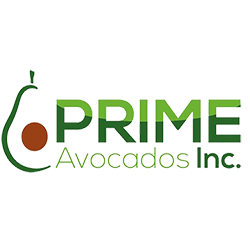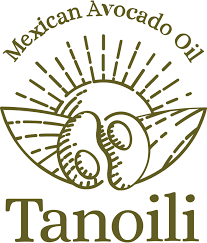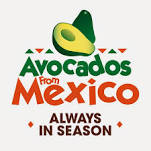While some consumers might be more familiar with the hass avocado, the Florida avocado is also a standout item in the produce aisle, says grower and retailer Brandon Moehling, chief operating officer for Robert is Here, a family farm stand in Homestead, Fla.
“[That's] what good avocados look like,” Moehling said when asked what makes Florida avocados unique.
When it comes to flavor, Florida avocados are sweet, creamy and some are even buttery or nutty, Moehling said.
“All of them are superior to any kind of hass variety in every way except shelf life,” he said. “We only have about two weeks between refrigeration and everything else, from harvest until it must be consumed. And that's what limits the rest of the U.S. from getting quality avocados.”
Javier Gonzalez, sales manager for Brooks Tropicals, said the local aspect of being grown in the U.S. is a major benefit.
“First of all, Florida avocados are made in the U.S., and only California can boast that in addition to Florida. Also, our season is long (June to December) and varied,” Gonzalez said. “Depending on the time of the year, you'll get a unique opportunity to taste one of dozens of varieties of avocados. Some of the cultivars are reasonably new; some of them date back to the origins of south Florida tropicals over a century ago.”
Florida avocados' size is important when comparing to hass avocados, according to Susie McKinley, director for the division of marketing and development for the Tallahassee-based Florida Department of Agriculture and Consumer Services.
“Florida avocados are three times larger than hass varieties and have a beautiful, glossy green skin that's smooth to touch,” McKinley explained. “Their peak season runs June through February, giving retailers an extended window to offer fresh, domestic avocados.”
While the variety has a shorter shelf life, ripe avocados don't go to waste at Robert is Here.
“We grow about 3 acres of avocados, and we'll put them on display and sell them from the counter, but when we get too many ripe avocados backed up, we'll turn them into guacamole to sell,” Moehling said. “And because they're the best-eating avocados, it makes the best guacamole.”

Education is key
As Robert is Here sells to locals as well as tourists, Moehling said education is important because there is some confusion about the difference between hass and Florida avocados.
“When we get a family from Wisconsin and they're asking if we have avocados … we teach them all about Florida avocados and what makes them special,” he said.
McKinley said the state's Fresh From Florida program produces digital content to inform consumers about Florida avocados.
“Content ranges from original recipes to how-to videos featuring chef Justin Timineri to tips for selecting ripe avocados,” McKinley said. “We also educate buyers that proper storage for avocados should be at room temperature (60°F to 75°F) and that avocados ripen in three to eight days after picking, never on the tree.”
Fresh From Florida has been essential to promoting Florida avocados, said McKinley, adding that multimedia advertising campaigns, retail partnerships and an active social media presence help highlight the state's produce and when products are in season.
“This recognizable brand helps consumers identify Florida produce and connects them directly to Florida's rich agricultural heritage,” McKinley explained. “Fresh From Florida has over 1.2 million social media followers, and Florida commodities are featured on various platforms.”
Fresh From Florida partners with more than 100 retailers, including Publix, Sedanos, Bravo and Fresco y Mas, to promote Florida avocados in circular ads, sampling events and in-store displays during peak season.
“Florida's beautiful, green avocados are culinary superstars perfect for salads, garnishes and elegant plated dishes,” McKinley said. “Their firm texture, along with a lower fat content, make them perfect for health-conscious consumers.”


















